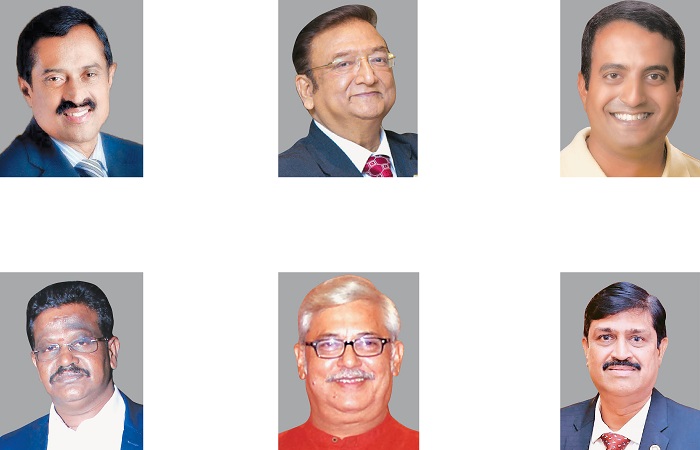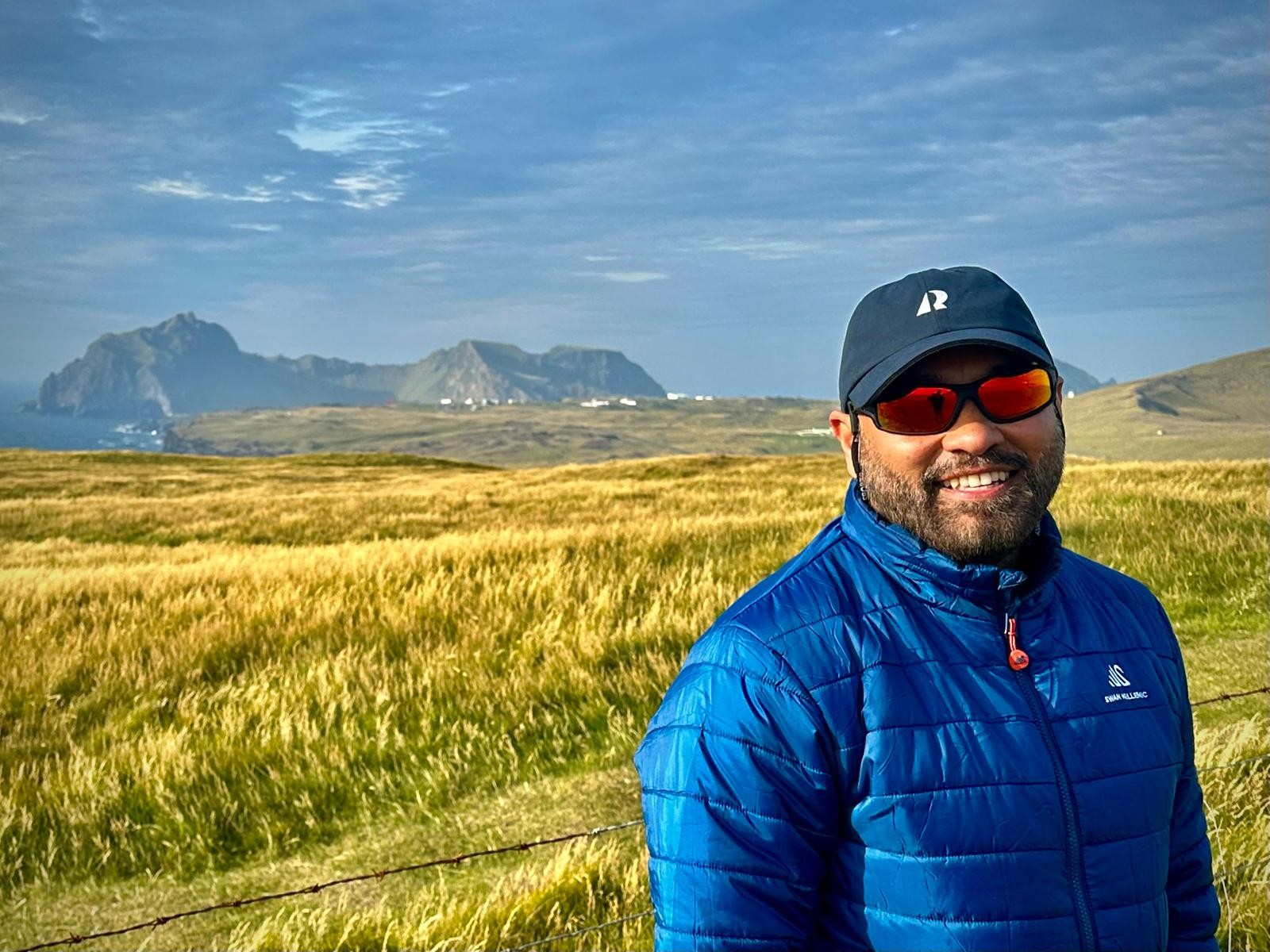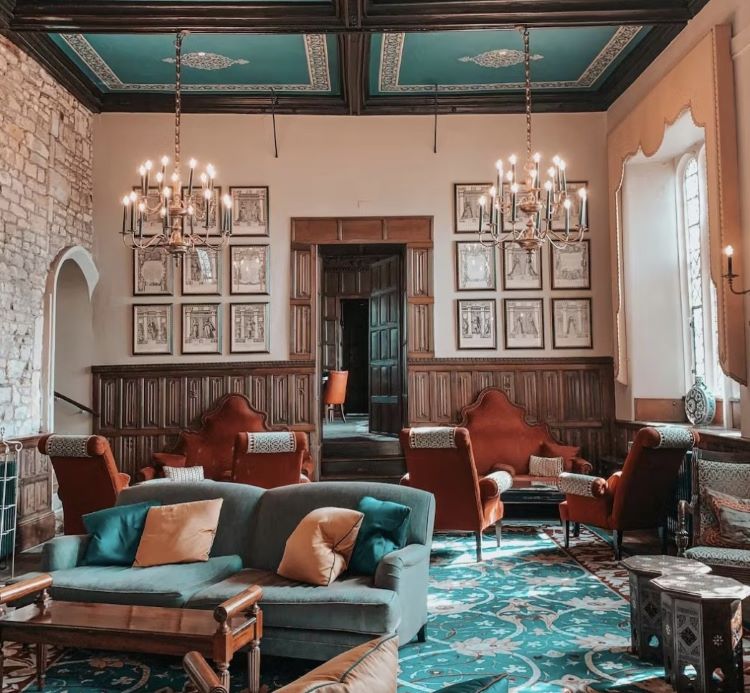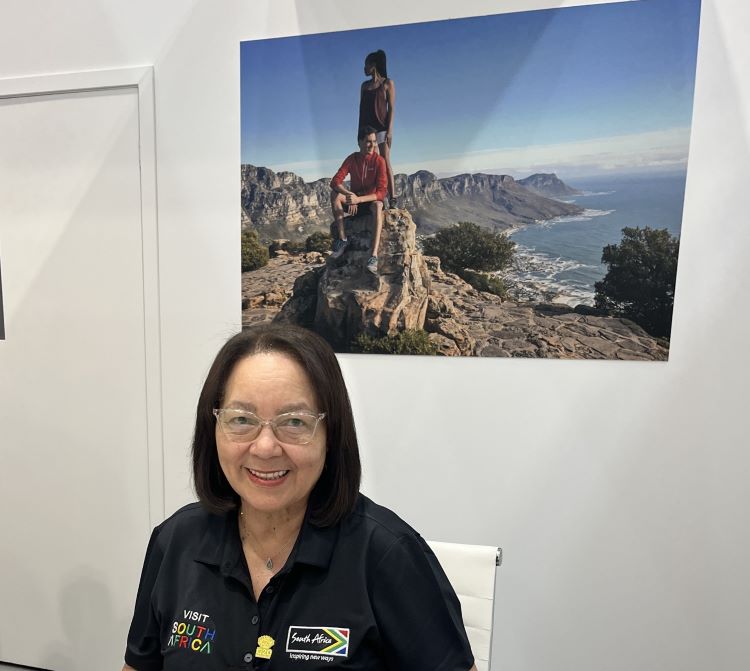As a growing sector in India, medical tourism has now been taken over by hospitals and corporate houses, although it was started by tour operators. India receives good numbers from the Middle East, and this growth is aided by state-of-the-art medical facilities and 30-day e-visa facility for selected countries.
TT Bureau
EM Najeeb, Senior Vice President, Indian Association of Tour Operators
With excellent hospitals, world-class doctors and experienced paramedics, medical tourism is a great opportunity in India. A CII-McKinsey study reports that Indian medical tourism is expected to grow 30 per cent annually to grow to USD 9 billion by 2020. India currently accounts for around 18 per cent of the global medical tourism market. Locations like Kerala has a great opportunity to grow as a recuperative leisure destination in the years to come.
Subhash Goyal, Managing Director, Stic Travel Group
For the first time, we have getting a medical tourism board established, of which I am a member. We are going to have a common website with all the hospitals, accreditation and specialisation. Secondly, we have requested hospitals to fix the prices for major surgeries, where the price can fluctuate between 4-5 per cent and not more than that. MOT made a film that highlights state-of-the-art medical facilities and affordability of surgeries available at one-third the price or even less than the cost of what is available in other major countries.
Sejoe Jose, Chairman, IATO Kerala Chapter
Wellness and medical tourism in India has witnessed tremendous increase in traffic in the recent past. In fact, during the Kerala floods last year, there were cancellations for leisure tours but medical centres along with wellness and Ayurveda centres were running full. In terms of source markets, people are mostly flocking from the Gulf and Middle East who visit the country for various check-ups. As far as Ayurveda and spiritual tourism is concerned, we have a great movement from Eastern Europe, Western Europe and Russia. The medical visa has worked in favour of this sector.
K Pandian, Chairman, Tamil Nadu, Indian Association of Tour Operators
Medical tourism has been doing very well in Madurai, Chennai and Trichy. It is a completely different business model and I don’t think any tour operators or IATO members are involved in this business. This sector is growing very fast with a growth of minimum 20 per cent. Every year one big hospital is opening in all cities with 200-300 beds that are always full. Most of the people coming for medical treatments are from the Middle East and Bangladesh who opt for heart and kidney treatments. India has a good reputation for medical care. Even Mysore and Bengaluru are doing well in attracting medical tourism. This is aided by the medical visa that the government introduced with recently.
Atul Rai, Managing Director, Ananya Tours
Medical tourism as a sector has moved on to the large corporates as they find it a lucrative business. Whoever can take care of international insurance is in this business, including hospitals. The reality is that we as the industry started this business, but it’s not with us anymore and the bigger corporates have taken over. In order to handle the basic travel arrangements, visa and on-ground facility, which is a minor part of the bigger billing they are eyeing, they hire a small agency to do the running around. It’s no more our domain. USA and the UK are also big markets, but India is pacing well in terms of pricing and matching the standards.
Himanshu Agashiwala, Managing Director, Columbus Travels
Even though medical tourism is promoted by inbound tour operators, the numbers are not very impressive. The high cost of hotel stay is affected due to high GST, ultimately affecting the overall benefit of cheaper medical facilities as compared to European countries. Moreover, medical tourism is still scattered and not recognised in a complete way. In states like Maharashtra, it is still expensive as compared to south India. Kerala for that matter is faring well in medical tourism as far as the Middle Eastern countries are concerned. Among medical tourism, the cosmetic sector has to be explored. This market is very well captured by Singapore, Thailand and Sri Lanka.
 TravTalk India Online Magazine
TravTalk India Online Magazine





